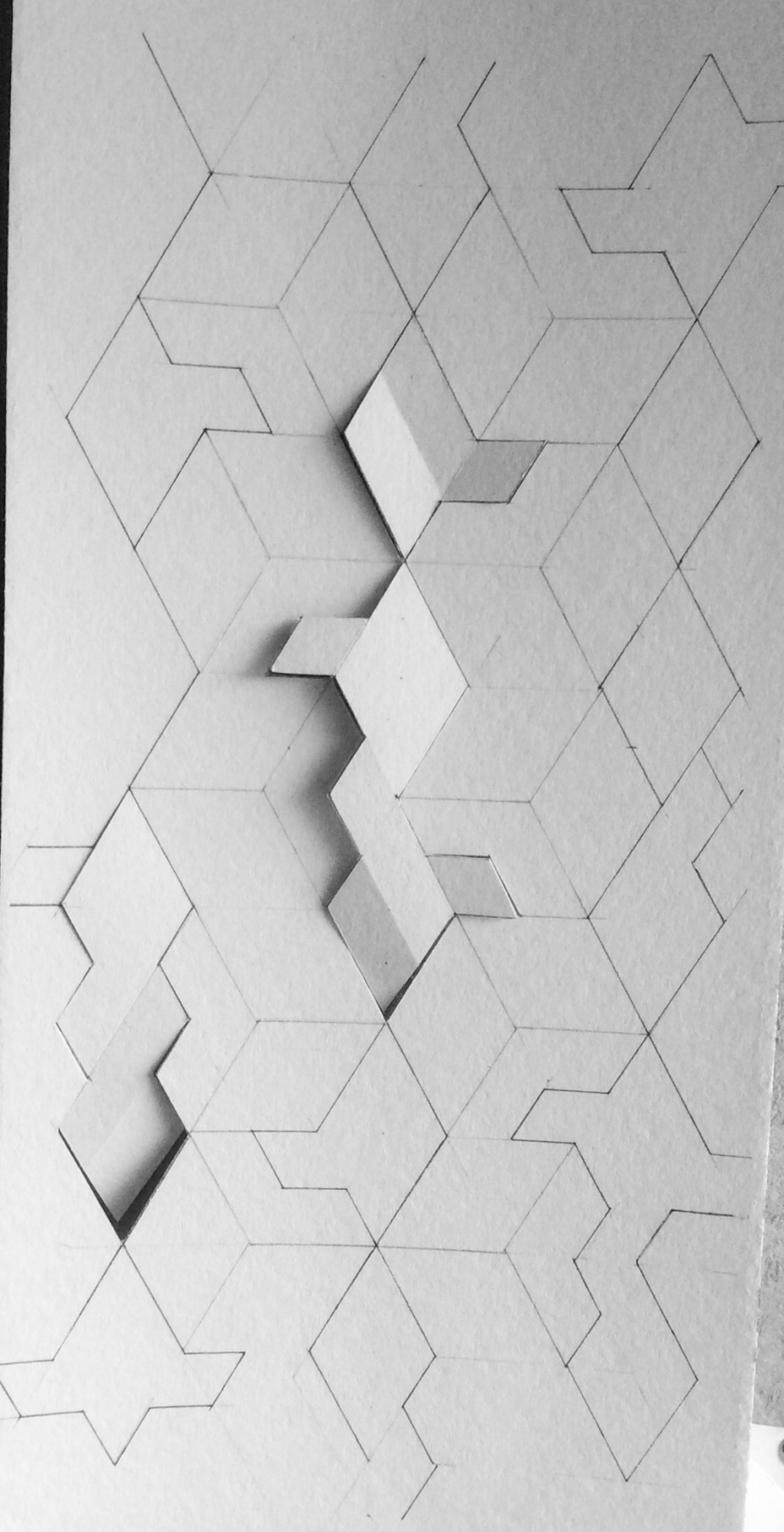I have been attending life drawing classes every two weeks for a couple of years, it’s been a thoroughly enjoyable experience but with very varied results.
Our tutor has been teaching us to use a variety of media, including pencil, conte, charcoal, chalk, pen and ink, felt tip pen and water and also an orange/brown wash.
Improvements in my technique have been sporadic, some days I feel as though I can draw well, other days I despair.
You are not going to see the worst ones, mostly they are embarrassingly bad. Here is a selection of the ones I feel happiest about. Its odd how one week I can make a successful two minute sketch with my ‘wrong’ hand and the next week every thing I draw is quite awful.
Gradually I have come to realise that my drawings are always better when I concentrate on the head and shoulders of the models.























You must be logged in to post a comment.